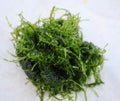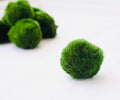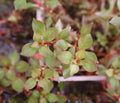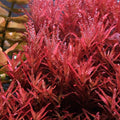Nutrient Deficiency in Aquarium Plants
We can see so many aquarium plant fertilizers available in different aquatic shops because of the different nutrients that are identified. So if there is a plant that is lacking a specific nutrient, then supplementary nutrient solutions are available. It may take some time to recover in a few weeks. There is no chance for dead leaves to heal, but you can monitor their newly grown leaves. In this post, let us talk about the deficiency symptoms commonly seen in aquarium plants.
1. Nitrogen Deficiency
Nitrogen deficiency symptoms include poor growth of the new leaves, and the lower leaves show a yellowish or whitish color. The standard measurement of nitrogen must be between 10 and 30 mg/L.
2. Potassium Deficiency
Potassium deficiency symptoms include tiny, dark spots that sometimes turn into small holes. The standard measurement of potassium is between 5 and 30 mg/L.
3. Iron deficiency
Iron deficiency symptoms include new shoots growing that look yellowish and dull, and leaf veins not fading. Although aquarium plants do not really need a lot of iron, their ideal amount must be between 0.1 and 0.5 mg/L.
4. Magnesium Deficiency
Magnesium deficiency symptoms include new shoots growing dull and pale with dark leaf veins. However, it sometimes occurs in softened water.
5. Phosphate deficiency symptoms
Phosphate deficiency symptoms include fading colors or darkening colors of new leaves, and sometimes algae spots are evident. However, this type of deficiency is commonly found in plants in active soils. The ideal phosphate level is 0.5–3.0 mg/l.
6. Calcium Deficiency
Calcium deficiency symptoms include leaves growing in bad shape, and aside from getting deformities, they grow small and pale and can be seen in the new leaves. Sometimes it could be due to an overdose of magnesium or potassium.
















